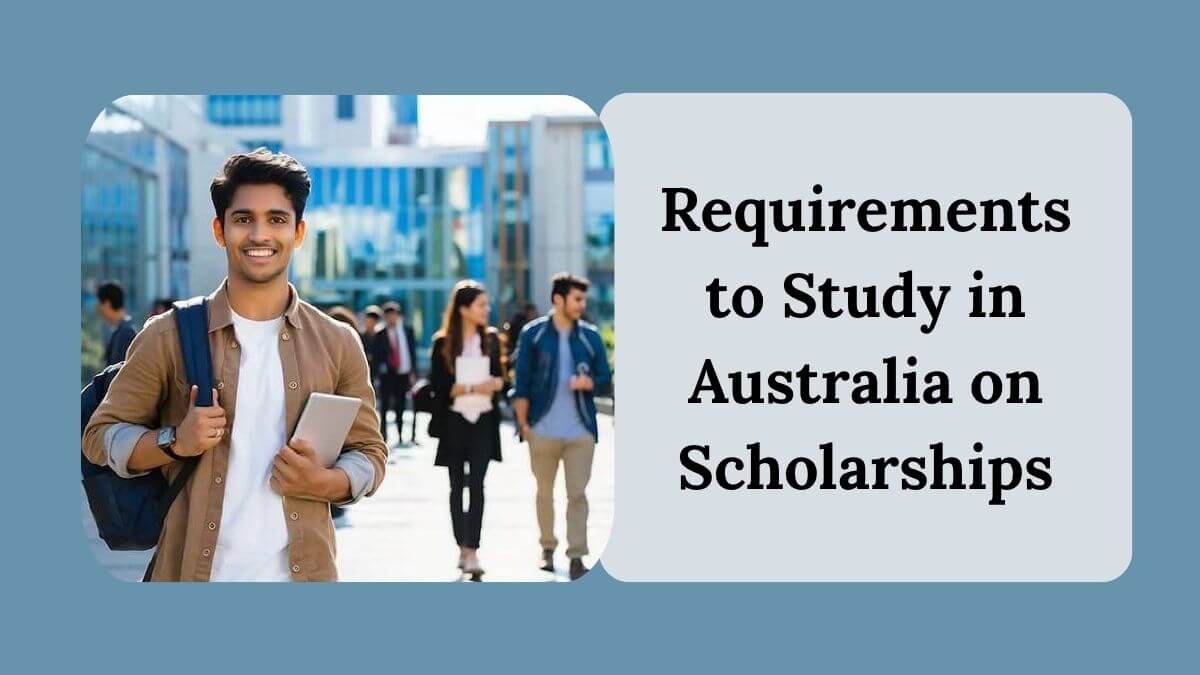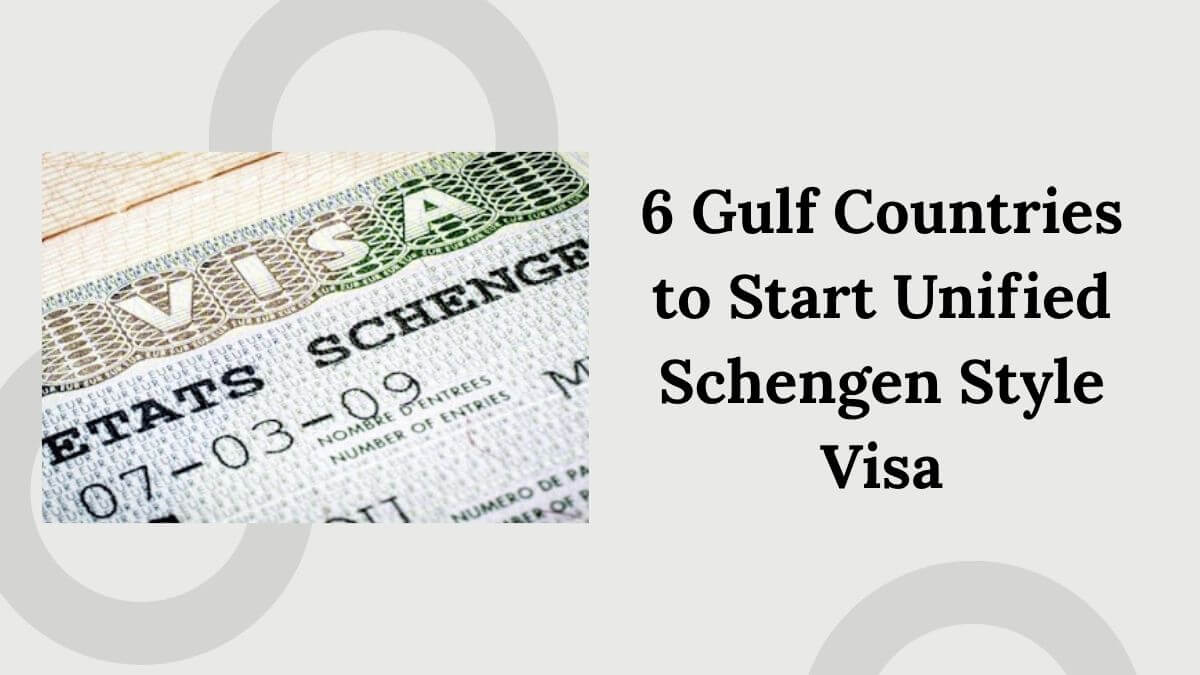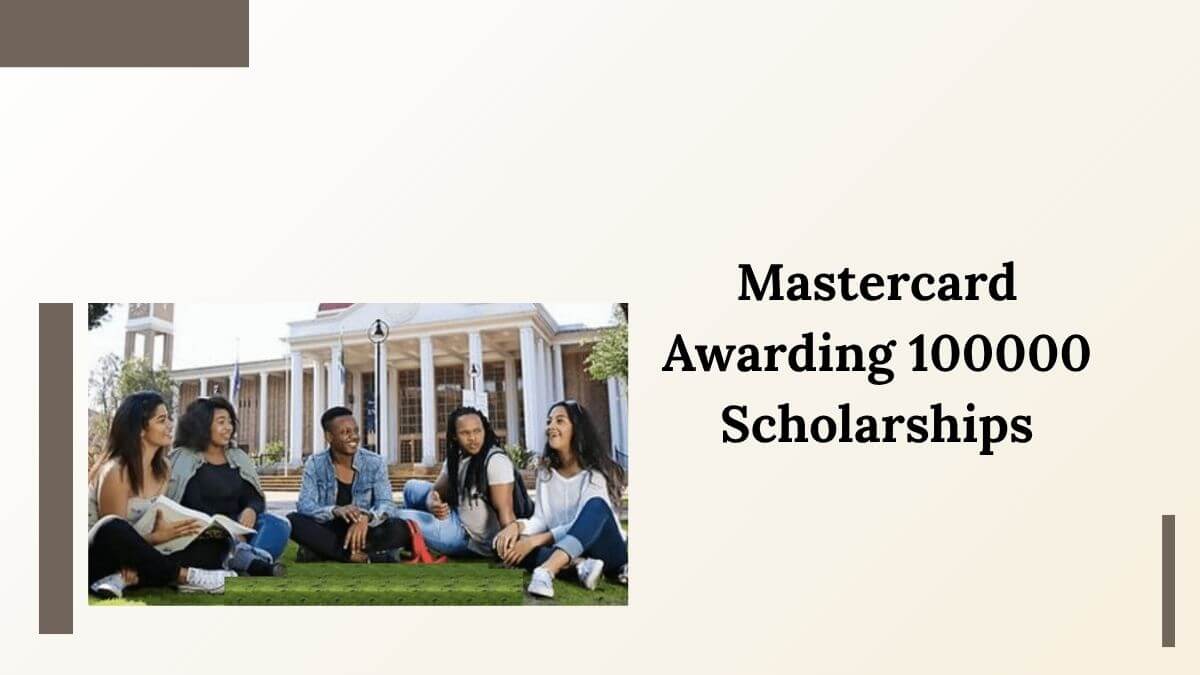Requirements to Study in Australia on Scholarships in 2026

Australia is now making it easier than ever for students from other countries to come here and study. There are thousands of undergraduate, graduate, and research programs in business, IT, medicine, the arts, law, and environmental sciences, among other fields. This means that students can find programs in almost any area.
There are a lot of different scholarships available for both the Spring (February/March 2026) and Fall (July/August 2026) cohorts. These include full government-funded scholarships like the Australia Awards, university-based tuition fee waivers, merit awards, and international student grants.
If you want to get a bachelor’s degree in technology, a master’s degree in public health, or even a PhD in cutting-edge research, Australia’s education system is ready to welcome you with degrees that are accepted around the world, strong academic support, and easier application processes for international students. Also, universities make it easy to get grants, offer English-learning programs for students who need extra help, and make the visa process simple. This is why Australia is one of the best places in the world to be a student.
You can get into an Australian classroom in the Spring 2026 intake. With early deadlines, tough scholarships, and lots of time to prepare, now is the best time to act and secure your spot.
Benefits of Study in Australia on Scholarships:
- Less financial stress: Scholarships pay for school fees, living costs, and sometimes even journey costs, so you don’t have to worry about money.
- Access to Top Universities: Study at well-known schools like the University of Melbourne, ANU, or UNSW without having to pay the full amount.
- High-Quality Education: Explore an education system that is based on research and is known for being innovative and producing excellent students.
- Job Opportunities: A lot of student visas let you work part-time, which can help you get skills and make extra money.
- Post-Study Work Pathways: Graduates who want to get work experience in Australia can apply for the Temporary Graduate Visa (subclass 485).
- Cultural Diversity: Over 190 countries send students to Australia, which makes it a rich and welcoming place to live.
- Networking and Global Exposure: Make relationships with classmates, teachers, and experts in your field from around the world.
- Research and Innovation Support: Funding for research projects and academic workshops is often part of scholarship programs.
- Coverage for health care and travel: Many grants come with Overseas Student Health Cover (OSHC) and money for travel.
- Permanent Residency Pathways: Australia’s skilled migration programs may help outstanding graduates find long-term jobs.
- Better job prospects: A degree from an Australian university makes your work profile more valuable around the world.
- Focus on Student Wellbeing: Universities offer special help to foreign students, such as housing and mental health resources.
Check Also: English Language Requirements for Chevening Scholarships
1# Understanding Australia’s Academic Intakes
Australia usually has two main entry points for foreign students:
- Semester 1 (February/March 2026): This is the main intake, and there are the most classes and scholarships available.
- Semester 2 (July/August 2026): A mid-year start with many choices, but not as many as in Semester 1.
Some colleges also use Trimester systems, which let some classes start in November. If a student wants to get a grant, they should focus on Semester 1 (Spring 2026) first.
2# Australian Universities Welcoming International Students in 2026
Almost all of Australia’s public universities let foreign students in at both the undergraduate and graduate levels. Here are some of the most popular:
- University of Sydney
- University of Melbourne
- Monash University
- University of New South Wales (UNSW Sydney)
- University of Queensland (UQ)
- University of Western Australia (UWA)
- University of Adelaide
- University of Technology Sydney (UTS)
- RMIT University
- Queensland University of Technology (QUT)
- Deakin University
- University of Newcastle
- Griffith University
- James Cook University (JCU)
- University of Tasmania (UTAS)
These universities are spread out all over Australia, and in the spring of 2026, they will offer thousands of spots to foreign students.
3# English Language Requirements at Australian Universities in 2026
All of the above Australian universities will be teaching courses in English for the spring and fall 2026 terms, so students must show that they can speak and understand English. The IELTS Academic, TOEFL iBT, PTE Academic, and Cambridge English exams are often accepted. Minimum standards are a little different, but they usually fall in these ranges:
1# Undergraduate Programs:
- IELTS: 6.0 overall (no band below 6.0)
- TOEFL iBT: 60–78 overall
- PTE Academic: 50–58
2# Postgraduate Programs:
- IELTS: 6.5 overall (no band below 6.0)
- TOEFL iBT: 79–90 overall
- PTE Academic: 58–64
3# Specialist programs (Medicine, Law, Education, Health Sciences):
- IELTS: 7.0 overall (no band below 6.5)
There are also English Bridging Programs at many universities for people whose scores are just a little below the minimum.
4# Top 10 Australia Scholarships for 2026 Intakes:
International students can apply for grants that either lower their tuition costs or pay for all of their costs. You can get one of these 10 prizes in 2026:
- Australia Awards Scholarships (AAS): Full help for living, traveling, and tuition for UG and PG.
- Griffith University Vice Chancellor’s International Scholarship: Up to 50% off of fees.
- University of Newcastle International Excellence Scholarship: 20% off the school fee.
- Murdoch University International Welcome Scholarship: 20% off the fees.
- Melbourne International Undergraduate Scholarship: 25% off of the school fee.
- University of Western Australia Global Excellence Scholarship: Up to AUD 48,000 for all UG studies.
- RMIT International Scholarships: Help with tuition for UG and PG.
- UNSW International Student Award: 15% off the school fee.
- University of South Australia Vice Chancellor’s International Excellence Scholarship: Some or all of the fees is paid for.
- Charles Darwin University International Scholarships: Award based on merit for UG and PG students.
5# Admission Requirements for International Students in Australia
To get into Australia and get a grant in 2026, students must prepare and send in the following:
- Transcripts and certificates from school (for UG, high school; for PG, bachelor’s degree).
- The scores of English tests (IELTS, TOEFL, and PTE).
- Statement of Purpose (SOP) or Personal Statement that explains your goals for school.
- Letters of recommendation (LORs) from professors and teachers.
- A resume or CV that lists accomplishments, internships, or study.
- A copy of your passport and some other form of ID.
- For certain grants, you may need to write an essay or statement.
6# Application Process Timeline
Follow this plan if you want to get into or get a grant to an Australian school in the spring of 2026:
- April–June 2025: Look into colleges and grants and get your paperwork ready.
- Take English tests (IELTS, TOEFL, or PTE) from July to September 2025.
- From August to October 2025, apply to colleges and universities to get in.
- From September to November 2025, you can send in grant applications. Some deadlines are as early as November 2025.
- In December and January 2026, you will get offers, accept them, and set up funds.
- In January and February 2026, you should apply for a Student Visa (Subclass 500) and buy Overseas Student Health Cover (OSHC).
- From February 2026 on, go to Australia for lessons and orientation.
Whereas, students who want to get into or get a grant in Australia for the Fall 2026 term should follow this plan:
- July–September 2025: Look into universities and scholarships that will take students in Semester 2, get the paperwork you need ready, and make a short list of programs.
- Between October and December 2025, you should take English tests (IELTS, TOEFL, PTE) and try to get better scores if you need to.
- From November 2025 to February 2026, send applications to universities to get into Semester 2.
- From December 2025 to March 2026, you can send in scholarship applications. Keep in mind that some grants close as early as March 2026 for the July start date.
- April through May 2026: Get offers of admission and scholarship results; accept offers and make beginning deposits if needed.
- May–June 2026: Get the Student Visa (Subclass 500), buy Overseas Student Health Cover (OSHC), and make plans for before you leave.
- From July 2026 on, go to Australia in time for introduction and the start of Semester 2 classes.
7# Clearing All Admission & Visa Requirements of Australia
To make sure you get into the Australian university in 2026:
- Accept the offer to join and pay the deposit.
- Get a copy of your confirmation of enrollment (CoE).
- Fill out the form for the Student Visa (Subclass 500) with:
- CoE
- Proof of funds (~AUD 29,710+ annually)
- OSHC health insurance
- English language proof
- Valid passport
- Book a place to stay, a trip, and pre-departure briefings.
8# Final Thoughts
Australia has some of the best chances for international students, with universities that are ranked among the best in the world and prestigious scholarships. There will be a lot of competition for the Spring 2026 class, but you can join the thousands of students who successfully enter every year if you start preparing early, get good English scores, and make your scholarship application stand out.
If you meet all the admissions and visa requirements on time, you’ll be able to start your academic trip in Australia in February or July 2026, with scholarships paying for some or all of your costs.
Frequently Asked Questions:
What are the general requirements to study in Australia on a scholarship?
In Australia, students usually need to have good grades, show that they can speak and write English well (IELTS, TOEFL, or PTE), and be accepted into a respected Australian school in order to be eligible for scholarships. For some grants, you may also need a statement of purpose, letters of recommendation, or proof that you are a good leader.
What English language tests are accepted for scholarships in Australia?
The IELTS, TOEFL, PTE Academic, and sometimes the Cambridge English Test scores are accepted by most universities and grant programs in Australia. Depending on the course and school, the minimum IELTS score is typically between 6.0 and 7.0.
Do I need an offer letter from an Australian university before applying for a scholarship?
Yes, you need an unconditional or conditional offer letter from an Australian university before you can apply for many grants. But for some government grants, like the Australia Awards, you can apply before you even get in.



